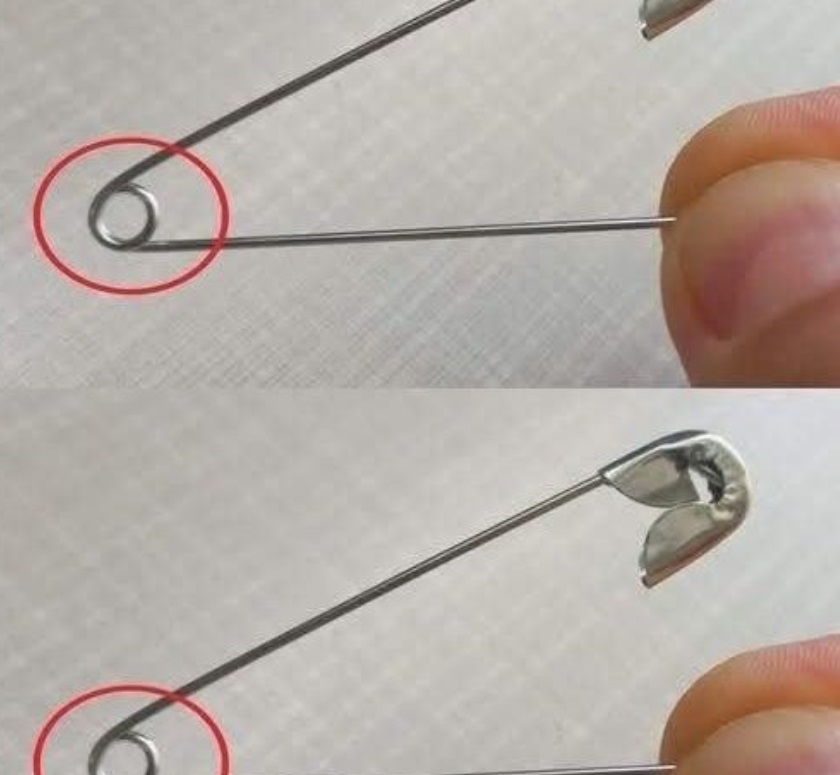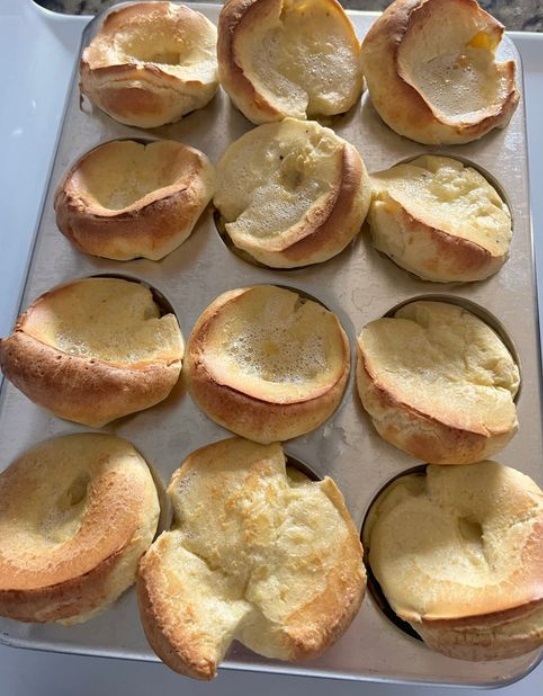For centuries, sewing has been more than just a practical skill—it’s been an art form, a meditative practice, and a way to connect generations. From grandmothers threading needles by candlelight to modern makers crafting with precision machines, sewing carries stories stitched into every seam. But what truly sets experienced sewists apart are the little-known tricks of the trade passed quietly from one hand to another.
These “ancient sewing secrets” reveal how small adjustments can lead to big improvements in quality and enjoyment. Whether you’re mending jeans, crafting home décor, or designing fashion, these time-tested techniques will elevate your results.
Ready to sew smarter, not harder? Let’s uncover the wisdom behind these enduring methods—each one rooted in craftsmanship and creativity.
1. Harnessing the Power of Wax
“Use wax to strengthen the thread.” This age-old technique involves running your thread through beeswax before sewing.
Why It Works:
- Prevents tangles by reducing friction.
- Increases durability for heavy fabrics or stress points.
- Improves needle glide for smoother, cleaner stitching.
💡 Pro Tip: Lightly iron the waxed thread between paper sheets to set the coating for even better performance.
2. Mark Fabrics with Dry Soap
Forgot your tailor’s chalk? No problem! Dry soap slivers work beautifully as a natural marking tool.
Benefits:
- Marks easily and wipes off cleanly with water.
- Perfect for tracing seams, darts, and patterns.
- Eco-friendly and budget-friendly alternative.
3. Reinforce Seams with Backstitching
Backstitching at the beginning and end of seams is one of the simplest ways to ensure your projects last.
Why It Matters:
- Creates strong anchor points to prevent unraveling.
- Adds longevity to garments, especially in high-stress areas.
- Offers a neat, professional finish that resists wear.
4. Master the Art of Diagonal Pinning
Instead of pinning straight, try angling your pins diagonally across seams.
Advantages:
- Keeps layers from shifting while sewing.
- Allows fabric to feed smoothly through the machine.
- Saves time since fewer adjustments are needed mid-seam.
Why You’ll Love These Sewing Secrets
These methods blend old-world craftsmanship with modern convenience, helping you create projects that are beautiful, functional, and long-lasting. They encourage patience, precision, and pride—values every maker cherishes.
FAQs
1. Can I use candle wax instead of beeswax?
Beeswax is preferred—it’s softer and won’t leave residue on fabric.
2. Will dry soap stain fabric?
No, just test on a small area first to be safe.
3. How often should I wax thread?
Every time you start a new length for hand sewing.
4. Is backstitching necessary on all seams?
Yes, especially at stress points like pockets or cuffs.
5. What type of pins work best?
Fine, sharp dressmaker pins with glass heads are ideal.
6. Can I use waxed thread in a sewing machine?
Not recommended—it may gum up the mechanism.
7. How do I remove old soap marks?
A damp cloth or gentle wash will remove them easily.
8. What’s the best way to store wax?
Wrap it in parchment paper to keep it clean and dust-free.
9. How can I prevent pins from rusting?
Store them in a magnetic tin with a bit of silica gel.
10. Is diagonal pinning good for curves?
Yes! It offers better control over rounded seams.
Final Thoughts
Sewing connects us not only to fabric and thread but to generations of creative minds who’ve stitched before us. These “ancient sewing secrets” are gentle reminders that even in a high-tech world, simple techniques often lead to the most lasting beauty.
So next time you thread your needle, remember: every small stitch holds centuries of wisdom—and your hands are part of that timeless story.




